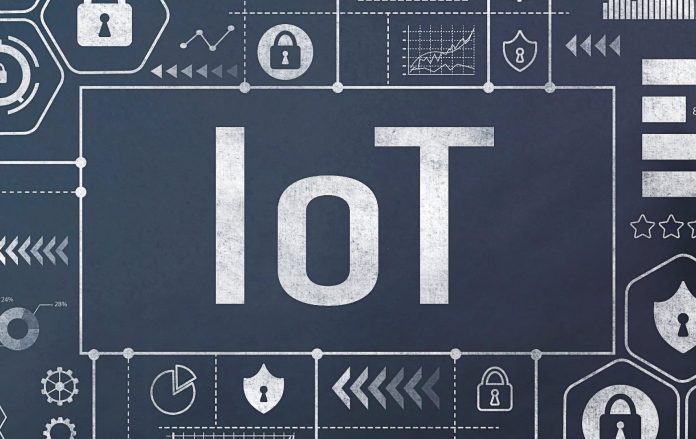The total number of cellular IoT connections, on all cellular network technologies, grew 29 percent in the last 12 months, to finish 2022 on 27 billion connections, and will more than double in the period to 2030, when the figure tops six billion. So says telecoms analyst house Counterpoint Research, which described the growth as “remarkable” given “macroeconomic headwinds and supply chain constraints”. 4G-LTE remains the dominant carrier technology for cellular IoT, it reckons, followed by NB-IoT, which nevertheless remains “stagnant” for growth,
China remains the dominant regional force in cellular IoT. The firm’s new Global Cellular IoT Connections Tracker report says compound growth (CAGR) for global cellular IoT will average 10.8 percent per annum over the next seven years, pushing the total over six billion by 2030. LTE is “continuing to grow its majority share”, according to the findings; 4G and NB-IoT are the “most preferred technologies for cellular IoT applications”, it adds. LTE overtook 2G/3G back in 2016, both of which have been progressively switched off over the past couple of years.
It suggests “nearly 90 percent of the installed [cellular IoT] base” was on one or the other of these technologies at the end of 2022. But NB-IoT sales, mostly in China, have slowed. A statement explained: “In recent times, 4G Cat 1 bis technology has gained significant popularity over NB-IoT due to its superior performance. Applications such as point of sale (POS) systems, telematics, and smart meters are increasingly adopting this technology on a larger scale. The rising shipments of devices based on 4G Cat 1 and 4G Cat 1 bis technologies are contributing to the stagnant market growth of NB-IoT.”
China held more than two-thirds of total cellular IoT connections in 2022, followed by Europe and North America, the report finds.NB-IoT dominates in China, while LTE-M is preferred in Australia, Japan and North America; Europe supports both. 5G is described as nascent; “module prices and breadth of applications reflect early-stage dynamics,” says Counterpoint. The arrival of 5G RedCap will be a key turning point of 5G-based cellular IoT, “particularly in developing and underdeveloped countries”, the report concludes.
The statement said: “We expect 5G-based applications to pick up as the module ASP (average selling price) drops to sub-$100 and more 5G RedCap-based solutions become available in the market.” Lower ASPs for cellular IoT modules will make cellular “more competitive against alternative non-cellular connectivity technologies like LoRa, Sigfox and Wi-SUN”.
The firm cites Telit’s acquisition of Thales’ cellular IoT business, Semtech’s acquisition of Sierra Wireless, and Aeris Communications’ acquisition of Ericsson’s IoT accelerator and connected vehicle cloud business as examples of a maturing market.
Counterpoint said: “The cellular IoT market has experienced remarkable growth fuelled by the digital transformation initiatives undertaken by various industry applications like smart meters, automobiles and asset tracking in particular. Cellular IoT connectivity has played a significant role in enhancing productivity, streamlining operations, minimising downtime, automating processes, and generating cost savings for industries. The COVID-19 outbreak unexpectedly proved beneficial for enterprise IoT players, accelerating their digital transformation efforts.”
Soumen Mandal, senior research analyst, commented: “4G emerged as the most preferred technology for cellular IoT connections after surpassing 2G and 3G-based IoT connections in 2016. NB-IoT has gained significant popularity in China, while Japan, Australia and North America prefer LTE-M technology for lower-end applications. Europe has adopted a combination of NB-IoT and LTE-M, supported by roaming services offered by most operators.
Neil Shah, research vice president, said: “The growth will be mainly driven by cellular connectivity adoption across various sectors such as utilities, automotive, industrial, retail and healthcare. Unlike the previous decade, where consumer devices like smartphones and PCs played a significant role in driving cellular connections, this decade will see a shift towards cellular connections being propelled by the digital transformation initiatives undertaken by enterprise IoT payers.”

